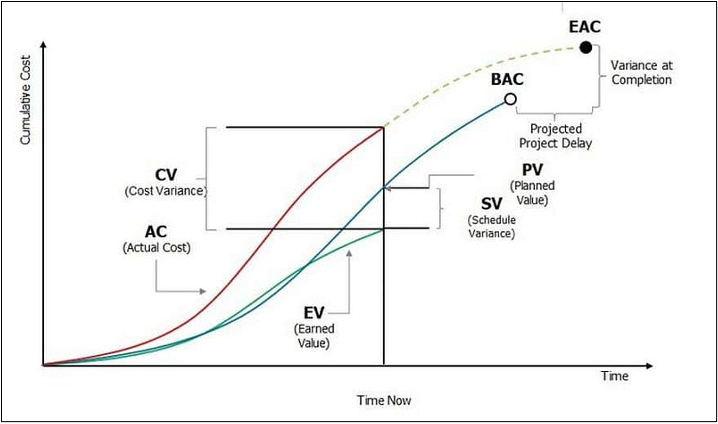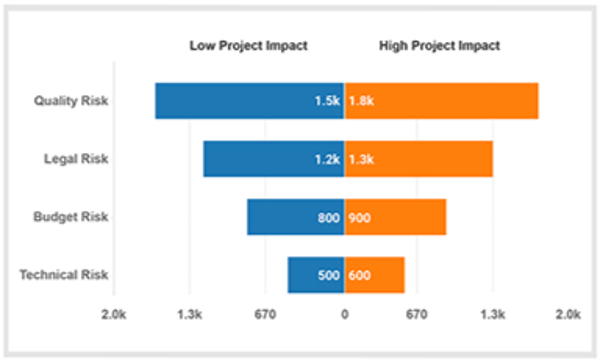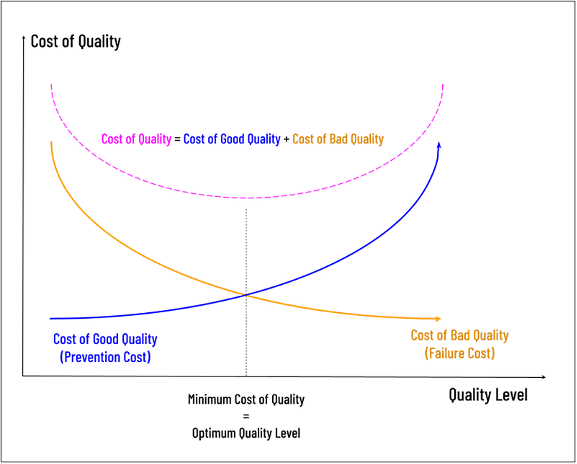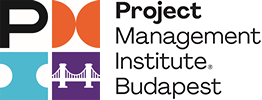December 05 2023 at 03:00AM
Data-Driven Decision Making in Project Management
Have you ever tried riding a sledge in winter? Amazing pastime activity isn’t it, especially if you like to feel that breeze on your skin? Going all the way down the slope, moving faster every second of the ride, looking around. Oh, look out! There are people right in front of you. You need to pull the brakes, oh, where are they? Can’t find? Or not available? You have a few choices to make: use your legs to slow down, but you might have run into a stone that might create risk of injury or, you may try to fall aside in order to stop the sledge. You know you can’t hit those group of people.
In a fast paced world like we live in, project management practitioners have many stakeholders to convince with their ever-changing demands, lots of KPIs to monitor and control, risk registries to manage and do in-depth analysis, issues and list of open points to resolve; welcome to the world of projects, feel drowned in data to analyze and make short and/or long term decisions in an instance if you don’t want to fail to respond. Sounds like sledge analogy might be a good fit.
Here you might have two choices: to trust your intuition or use appropriate tools to help you make value added decisions. Intuitions might be considered as falling aside over the sledge but you might be too late to do and would end up with a sledging accident anyway, right?

Photo 2. Want your project to have sledging accident? (Photo taken from Teesside Live)
That’s where decision making, specifically data driven decision making comes into play: It’s the process to make the right choices at the right time using scarce resources, leveraging power of data. It’s a crucial element for projects. You can either make a decision by trusting to your intuition or by collecting data, extracting insights and make an informed decision about a specific problem and acting upon it. Business decisions based on intuition can lead to poor decision making.
Beware of Pitfalls
Data driven decision making is a process that can be used to put forward transparency and maintain accountability, optimize performance, gain a better understanding about product/market, improve protection against risks, reduce costs and improve revenue. It is introduced as a strategy with its own advantages and disadvantages. It might be considered as a compass but look out for magnets around!

Photo 3. Magnet effect on a compass (Photo taken from Science Photo Library)
Not having the right data is a magnet; it can turn effective data-driven decision making difficult to nearly impossible. Another magnet is dirty data; it’s incorrect, incomplete or inconsistent data. It can be caused by human error, technical issues or issues with the data collection process. Dirty data can lead to wrong conclusions. Misunderstanding business issue can become another magnet, unless treated right, it can mislead you to wrong analytical question and to look for wrong data collection. In order to deep dive into details of data driven decision making frameworks you can start by CRISP-DM framework as an example.
Data silos might be another pitfall for data-driven decision making, this is generally a common understanding for businesses: financial data in finance department, quality data in quality department, schedule data in PMO etc. An integrated platform can improve data driven decision making to make project monitoring and control.
Application Areas
As project management practitioners, what does his term mean for us? We can use data driven decision making in many areas depending on industry and domain. However, some common uses can be as follows.
Earned Value Management (EVM). We use it in order to keep track of project performance in terms of cost and schedule. However, if you have ever tried to implement it on one of your projects, you might have already faced the difficulty of getting precise data to monitor the performance. You need to overcome data silos in order to use this tool.

Photo 4. EVM (Photo taken from EcoSys website)
Risk analysis. After a foundational risk analysis using probability-effect matrix, we might need to have more deeper investigation on a risk item in order to justify with its appropriate costs. One of the techniques we use is sensitivity analysis which depends highly on data to make a decision.

Photo 5. Sensitivity analysis (Photo taken from ChartExpo website)
Cost of Quality. One of the important aspects for the project success is to balance cost, quality and schedule, so it is an important metric to be calculated. It depends on robust data in order to make better decisions.

Photo 6. CoQ (Photo taken from Tuskr website)
Customer Sentiment Analysis. If you want to launch a new product, or you want to understand customer experience of your current product, you need to analyse customer needs by integrating information taken from different data sources and sort them out in order to clarify improvement points in order to make data-driven decisions.

Photo 7. Customer Sentiment Analysis (Photo taken from SlideTeam website)
Evidence-Based Management (EBM). In order to calculate value delivered to customer by your product today (current value) and value that could be realized by meeting all potential needs of the customer or user (unrealized value). These two key value areas for agile product development relies heavily on collecting high quality data in order to provide insights for go-no go strategy decision for your product. For more information please proceed to Scrum.org website.
Have you ever experienced any of this data driven decision making tools for your projects? Please leave a comment about your experience.
About the author




